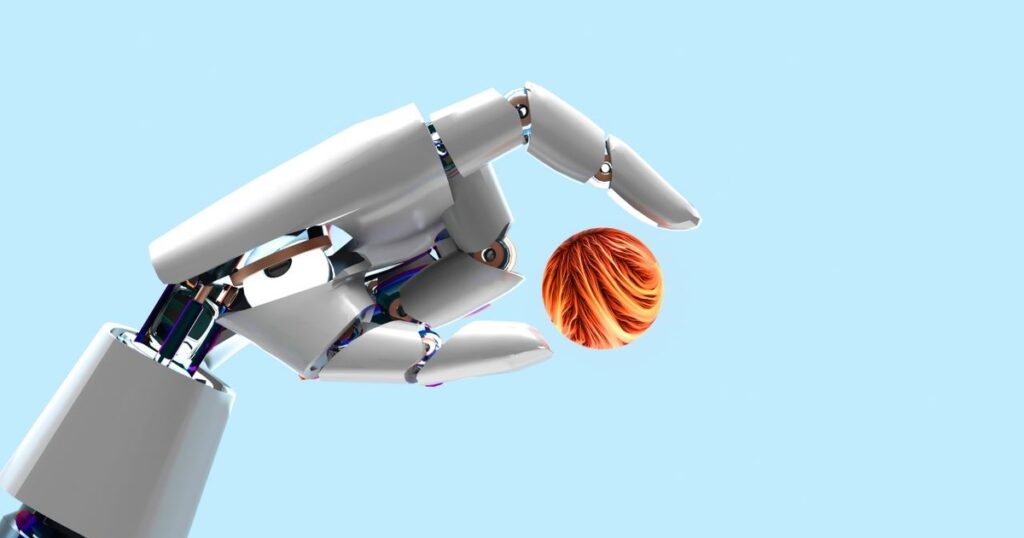The race for humanoid robots shows no signs of slowing down, with companies continually releasing smarter, faster models with ever-expanding use cases.
In the past week alone, a series of new releases from Chinese developers Unitree, Deep Robotics, and Agibot have highlighted rapid advances in mobility, environmental adaptability, and human-robot interaction.
Unitree
Last week, Hangzhou-based Unitree published a video on X (formerly Twitter) of its H2 Destiny humanoid, designed to “redefine industrial aesthetics.”
In the video, the robot performs a series of movements, including spins, kicks, and backbends, to demonstrate its range of motion.
Details about H2, including a release date, have not yet been revealed, but the caption accompanying the video states that the “bionic humanoid” was “born to serve everyone safely and friendly.”
H2 builds on the features of the 2023 model, including 360-degree depth sensing, 3D LIDAR, and 27 degrees of freedom for fluid control and seamless human collaboration.
Deep Robotics’ first all-weather robot
Meanwhile, Deep Robotics has unveiled what it claims is the world’s first all-weather humanoid.
The DR02 can operate in both dusty and wet conditions and withstand temperatures from -4 degrees Fahrenheit to 131 degrees Fahrenheit, allowing transitions between “dry factory – outdoors in wet weather” or “refrigerated warehouse – hot workplace”.
Deep Robotics said the launch is in response to the current lack of humanoids that can operate continuously in “non-ideal environments.”
The company said, “The functionality of existing products is a core obstacle preventing large-scale adoption of humanoid robots.” statement. “DR02 directly targets pain points in this industry.”
Agibot’s interactive body-like robot
Agibot has also released what is said to be a major upgrade to its industrial humanoid.
Last week, the Shanghai-based company released Agibot G2, the latest generation of its interactive body-like robot. It is based on the previous model developed in 2023, with significant upgrades in dexterity, adaptability, and learning speed.
The new model integrates high-performance motion joints, high-precision torque sensors, and advanced spatial awareness systems to avoid obstacles and enable smoother human-robot interaction.
According to Lian Jye Su, Chief Analyst at Omdia, a division of Informa TechTarget, customer demand is the main driver of improved ease of use and mobility.
“Humanoid robots are being considered as a replacement for humans in labor-intensive and dangerous environments,” he told AI Business. “Such replacement cannot occur without advances in human-like ease of use and mobility.”
Hsu added that the latest announcements signal an “exciting future” for humanoid robots, as improvements in sensors, actuators, dexterous hands and AI models will make them “more versatile, durable and reliable.”
Still, he cautioned that further advances in hardware and software are needed for industry-wide adoption.
George Chowdhury, senior robotics analyst at ABI Research, similarly said that while the market is making progress, there is a danger that the hype could outweigh the actual results.
“These trends indicate that the market continues to move forward and will eventually reach scalable commercial feasibility,” he said. “But time is running out for the current humanoid wave to deliver real value and justify the investment hype.”
Chaudhry warned that although China has carved out itself as the most promising market for research and development, few companies have demonstrated the precision and reproducibility required for industrial deployment.
“Companies based in China are protected from market forces by state subsidies and have the best chance of longevity,” he said. “If the market starts to grow cold towards AI, humanoid derivatives of AI will be in trouble.”



